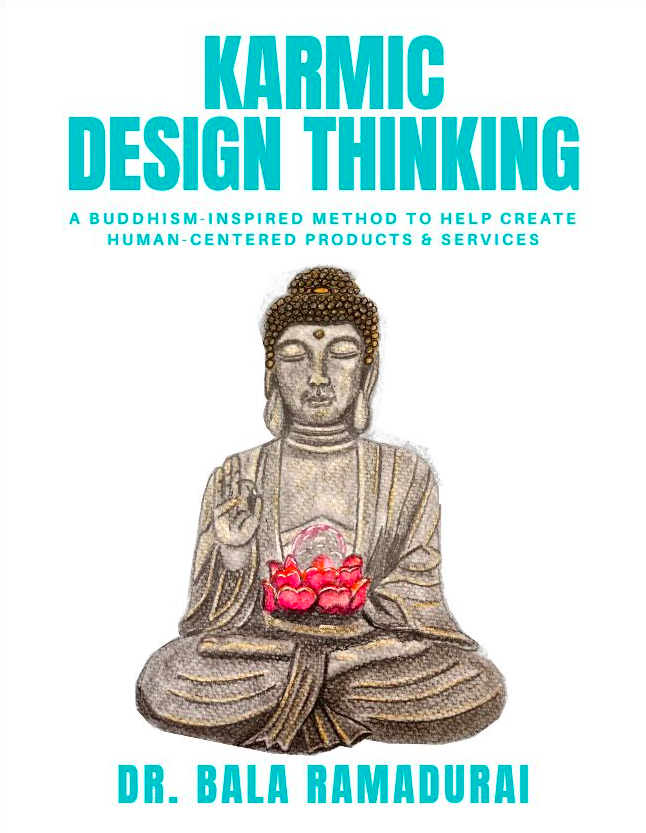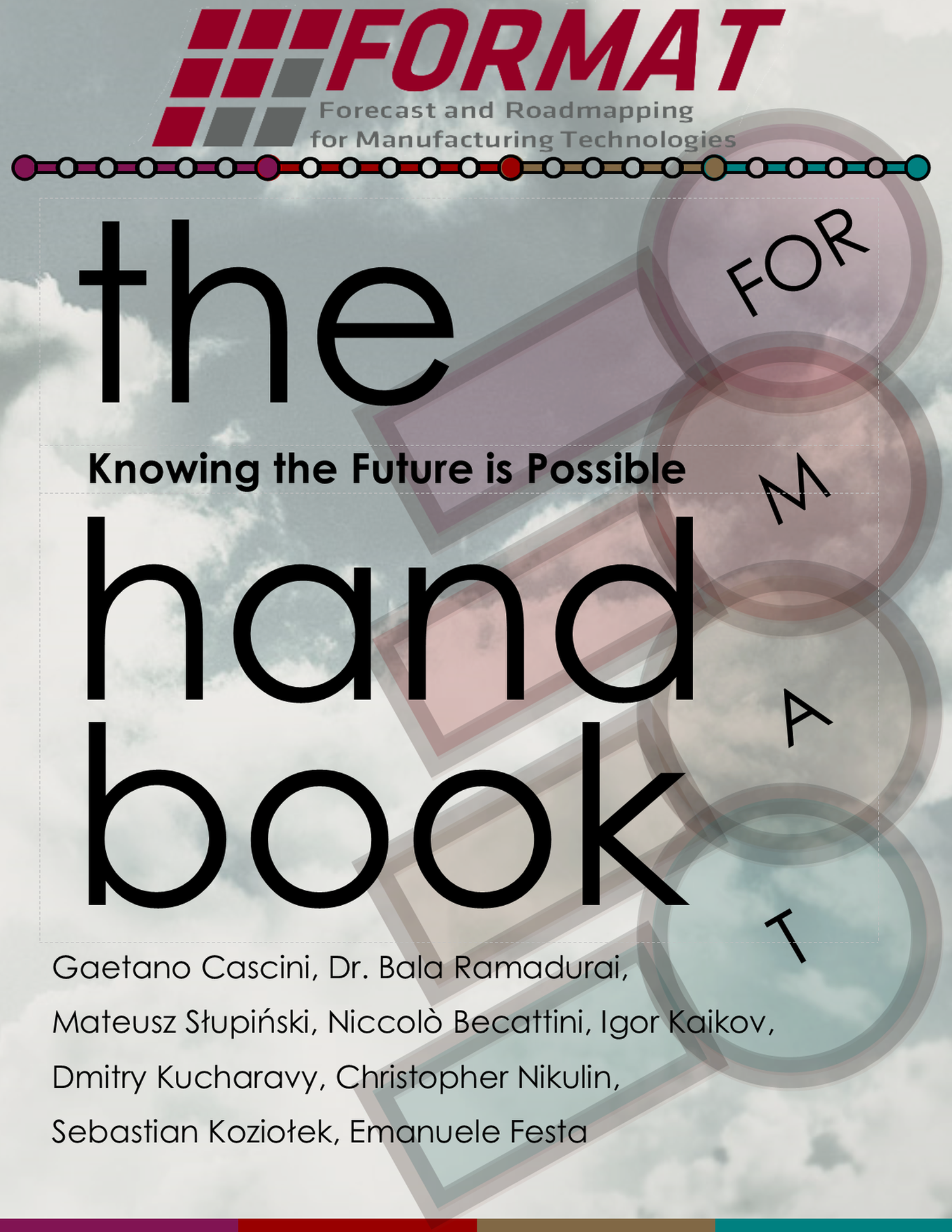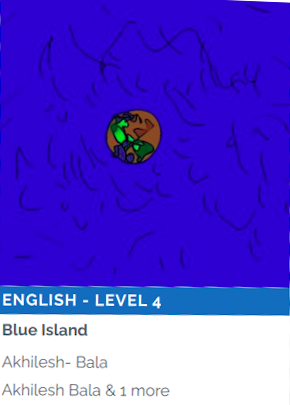2017-11-17
A few weeks ago, a situation in my classroom turned into a learning experience for me. The experience gave me deep insight into human relationships - an insight that a prof from IIT Madras had tried to impress on me eons ago (with little success).

Banner Image Source- https://theminorunc.files.wordpress.com/2015/02/male-college-student-meeting-with-professor-at-office-hours-to-discuss-reading-homework-assignment-400x265.jpg
The Situation
A student showed up late, very late, for my class and sort of expected that I would not “catch” him. Or he probably thought that in a large class, a late entrance would go unnoticed.
But, in those rarest of rare moments, I spotted this student and asked him what he was up to. My tone of voice was strictly business-like, I thought. The student looked down and muttered “Sorry, Sir” under his breath.
Note - In India, students use “Sir” to address male professors even if they are not Knighted :)
Now, my conversations with students are typically informal. The different tone this time made me realize that the student felt somewhat guilty for his absence.
I patted his shoulder and said, “Dude, it’s ok that you came in late. But please tell me why it happened.”
He went on to explain a very plausible reason.
“The next time you know you will be late, try to inform me in advance,” I told him.
“Sure, Sir,” he promised, with a smile.
Organizational Behaviour
Later in the evening, I was thinking about the episode. My thoughts raced back in time, to a couple of decades ago.
I remembered something that I had learnt in an undergrad course called Organizational Behaviour (OB), which we fondly called OB, Other Business. I loved the professor who taught this course. But I hated his exams because I had to remember everything, including the order of points in various topics. At the time, I could not think of a practical use for that subject.
Well, until now.
Nuts and Bolts of OB
In OB, there is a concept called transactional analysis. In plain English, this concept explains how people interact with each other in a conversation or in a relationship. I heard from a friend that the topic has been discussed in the book, “Games People Play.”
In transactional analysis, three states exist: Parent,Adult andChild.

Let me explain with examples.
One day, when I was driving my car, a police officer said, “Don’t cross the yellow line. The next time you cross it, you will have to pay a fine.”
In this situation, the police officer was in the Parent state and I, the recipient of the message, was in the Child state. If I had not been in the Child state, there would have been a conflict.
I replied, “Sorry, Sir, I will not do this again.” Child
Imagine that I had chosen to reply as, “Who are you to tell me about this? I will do as I please. I don’t care about your rules!”
In this case, I have chosen to be a Child, but a Rebellious Child.
In the beginning, the parent role was not simply a Parent, but a Nurturing Parent. If I had replied in a rebellious manner, the police officer would have promptly moved to being a Critical Parent and would have fined me right away.
What are the other states in the Parent-Child relationship?
A docile version of the Parent-Child interaction is that of the Nurturing Parent and the Obedient Child.
“When I advise you to arrive in time at your workplace, it is for your own good. If you follow my advice, you will start your day well and end your day well,” a well-meaning boss tells you.
Here, the boss is being a Nurturing Parent. To avoid conflict, you should be an Obedient Child.
Your reply should be along the lines of, “Yes,
Now, Adult to Adult relationships or conversations are ones where each person treats the other as an equal.
“So, how is the weather?” is a classic Adult to Adult conversation starter.
Conflict
Conflicts arise when the person saying something is posing as a Adult addressing anAdult, but is actually being a Parent addressing a Child.
Let me illustrate with an example.
“This laptop needs fixing, and we need to find out how you ‘accidentally’ erased all the data,” says one employee to another. The employee is posing as an Adult trying to help another Adult find out the reason for a problem, whereas in reality, the employee is actually pointing a finger at the other employee’s mistake.
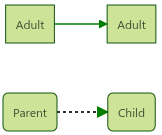
Just Kidding
When you are kidding with someone or being playful, you are in a Child to Child relationship.

When you are playing a prank on someone, it is a conflict of a pleasant variety :). You may fake a Parent to Child relationship by shouting “Wolf! Wolf! Run away”, whereas, you were actually playing a prank - Child to Child.
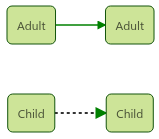
Back to my story
The student who said, “Sorry, Sir” entered the Rebellious Child state when he perceived that I was a Critical Parent. When I patted his shoulder and used the term “Dude”, he moved into the Obedient Child state because he perceived my state to be a Nurturing Parent.
I explained to him that all was well and that he needn’t worry about anything. He just gave me a smile and a wink. (Child to Child perhaps :))
After this episode, the Parent-Child-Adult model is finally clear to me. Now I understand all that my professor at IIT Madras had been explaining in the OB course (after all these years, I’ve seen the light!). Perhaps my student (whose shoulder I patted) will also understand all my teaching one fine day after several years.
Disclaimer - I am no psychoanalyst or any other professional with a silent ‘p’ in the title. :p
Thanks - A big thank you to the editor of this post - Anita Nagarajan



